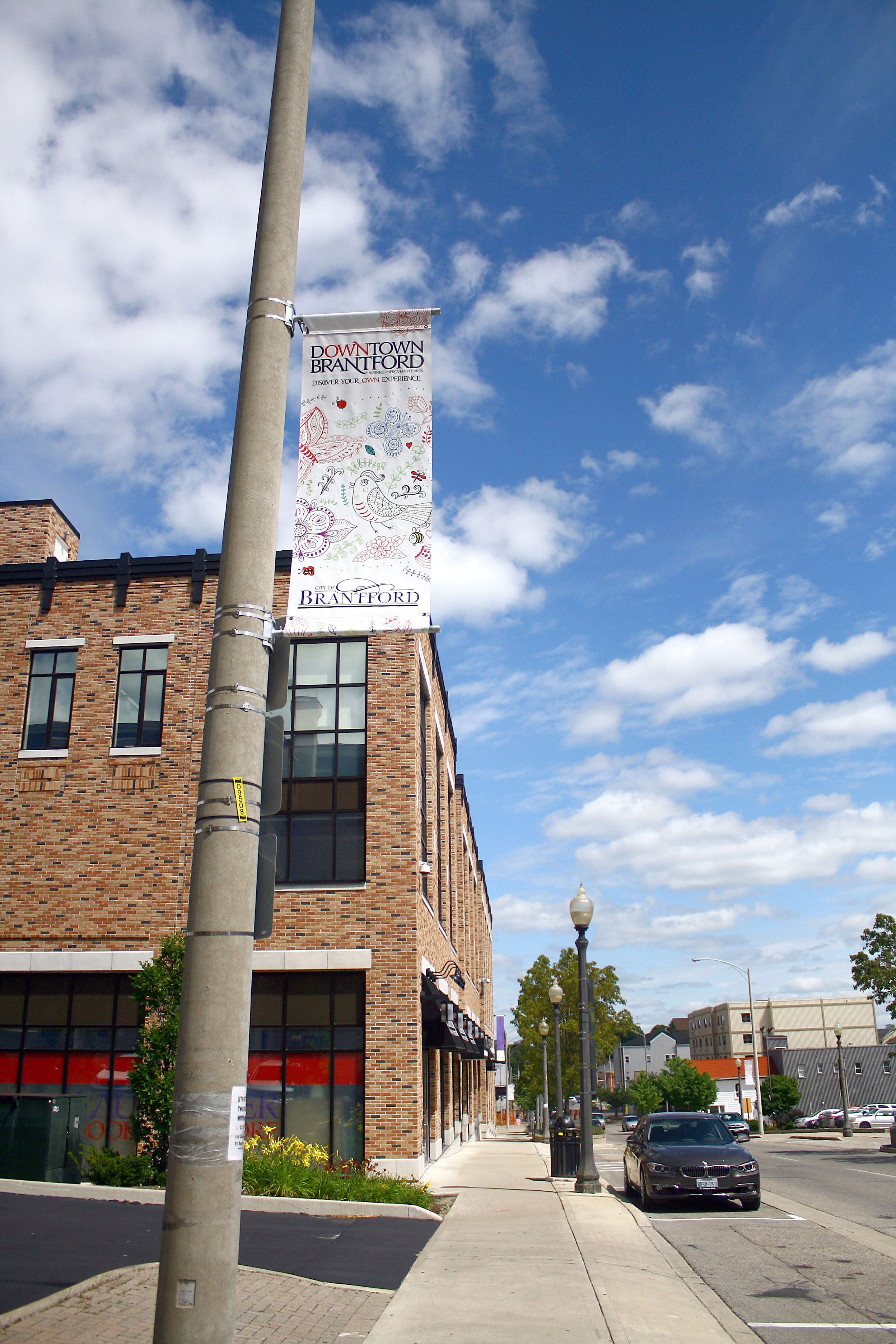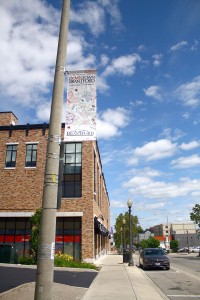Milton campus could create ‘economic shift’


“There’s a lot of energy and excitement around universities and having young people in that environment. There’s always something happening,” said Brantford mayor Chris Friel.
Friel’s description encapsulates the reason why a handful of communities in Ontario are looking to develop their own satellite campuses. Wilfrid Laurier University is one of them, as they have been looking to expand to Milton.
There is nothing but growth on the horizon for Milton; with a current population of just over 100,000, Mike Cluett, Milton councillor, said they are slated to grow between 350,000 to 400,000 by 2041.
“Since the growth started, we’ve done really well on the residential side, but we’re always looking at ways to attract businesses and companies,” he said.
They decided to use a post-secondary campus to help accomplish this. Milton began approaching colleges and universities and after offering up a larger piece of land, Laurier decided to begin working closely with the city to develop plans for the Milton Education Village.
“What this will do is definitely spark the business growth that is needed in town,” Cluett said. “Because many people consider Milton a bedroom community.”
Much of Milton’s population works outside the town — the proximity to Toronto means many residents commute to the city daily. The hope, Cluett said, is the campus will bring businesses to Milton and cause people to work locally.
“Business follows education — so when you have a large campus like that, businesses in that industry will move here or move closer to take advantage of the research and the students that are available.”
The campus will also be catering to the fact that a quarter of the population in Milton is under the age of 13.
“In the coming years, this is definitely going to give them the opportunity [of] instead of having to go away to university, they can stay in town,” Cluett said.
Laurier already has experience with using a satellite campus to develop a community.
Downtown Brantford was in rough shape prior to 1999 when the university put down its roots. Friel explained that the downtown experienced a decline due to a shift in shopping patterns and rise of malls.
In attempt to revive the area, the city sought to attract a post-secondary campus. Now, as Friel explained, the downtown area is “predominantly a university campus.”
Many of the businesses located downtown, he continued, started because of the presence of students. They also get much of their activity from students.
“It was an economic shift,” Friel said. “But there’s also been a huge cultural shift, particularly in the downtown, because of that.”
“What people have to recognize is that from a municipal point of view, you can’t just throw money at this to get the universities there,” continued Friel. “You need to figure out a way of making a connection.”
Satellite campuses also take time to grow — there won’t be an instant change in retail and commercial development.
But Friel said that communities that are using the model that Brantford did will see success.
“When they were building all the universities in the sixties in Ontario, they put them on the outskirts of every town,” he said. “They got a big green field and threw the university up. This is exactly opposite to that.”
Instead, communities like Niagara Falls are choosing to integrate a campus into their existing infrastructure, within the city’s core.
Downtown Niagara Falls has a similar story to Brantford’s. Nemanja Kuntos, general manager of the Downtown Business Improvement Area in Niagara Falls, explained that it had its “glory days” in the early to mid-1900s.
But by the early nineties, the area had undergone a decline. Keefer Developments is now working to revitalize the area.
“One of the strategic goals with the province coming out with the expansion plan was to bring a post-secondary campus downtown,” Kuntos said. “We’ve seen what it’s done for Brantford.”
One of the things Kuntos has observed is that many students leave the Niagara Falls area in pursuit of post-secondary education elsewhere.
“With that in mind, downtown is sort of in the perfect little area for international students. Niagara Falls is a world-renowned brand — it would be fantastic to have students down here, or anybody I think.”
They have been spending time talking with universities in hopes of submitting a proposal to the provincial government on Sept. 26.
Milton is similarly waiting on the approval of Laurier’s proposal in order to move forward with their plans.
“We feel very confident — it would be, as I call it, a no-brainer,” said Cluett.
They have the land and the plan ready to go.
“We’ve got a great partner with Laurier University. They’re very enthusiastic. I think this project was specifically designed for us.”


